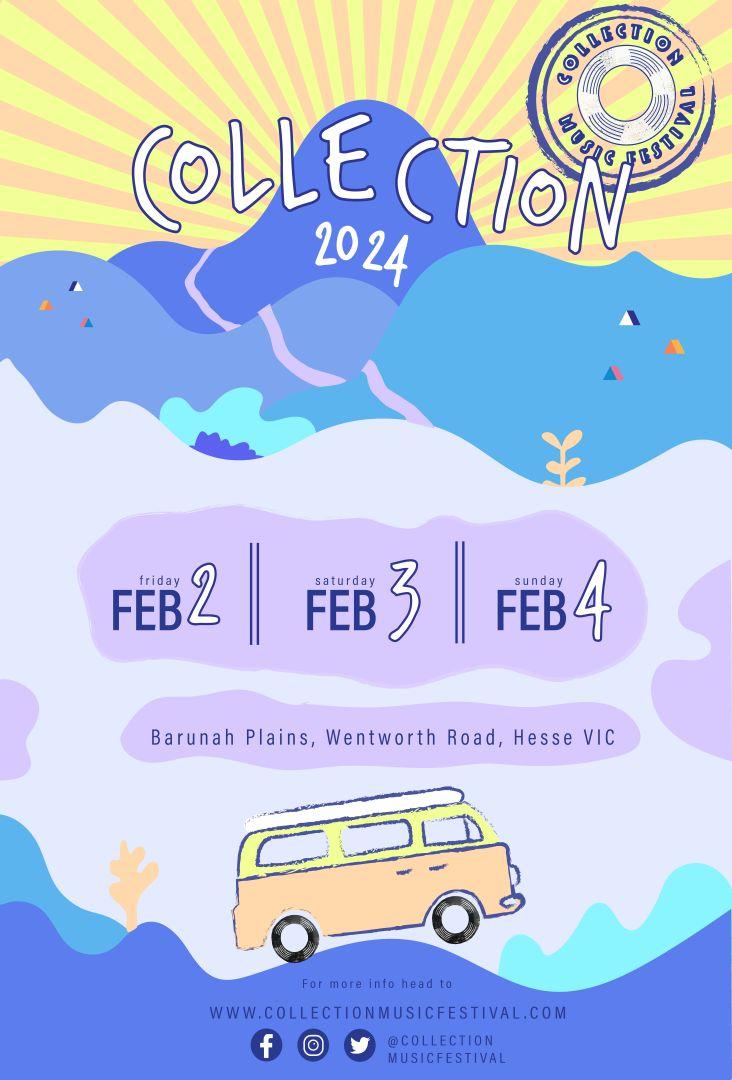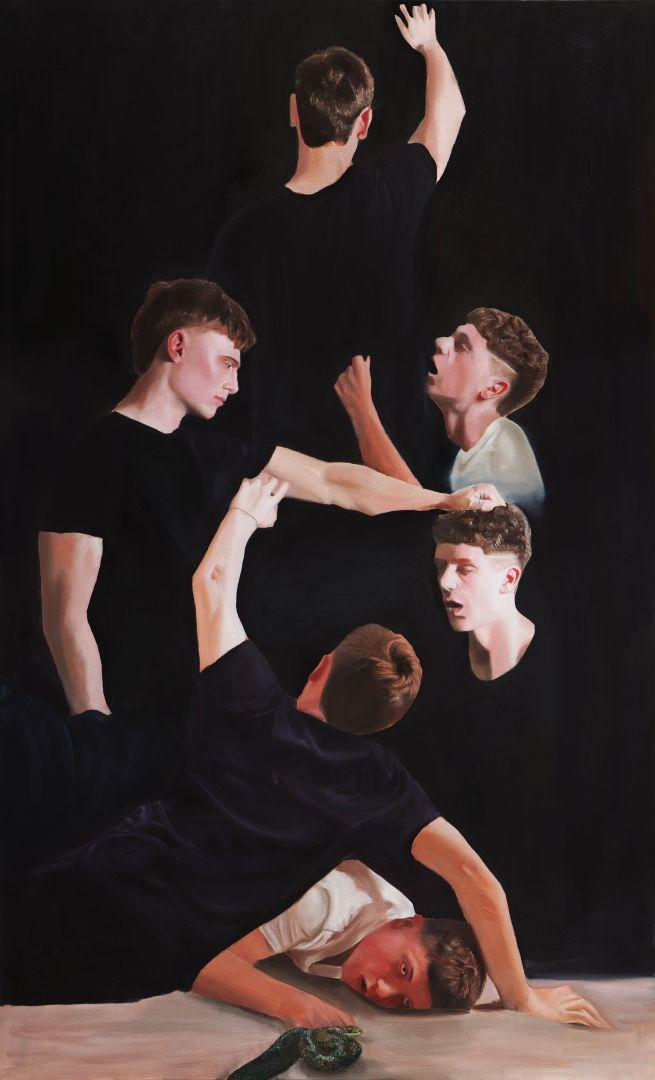DAT Mythbusters - the VCE ‘folio subjects’
‘I’m doing a folio subject’... You might have heard this refrain when chatting to a VCE student or you might have a student in your own family completing a folio subject and be wondering - what actually is a folio?
A VCE folio - which contributes to a student’s overall study score in Visual Communication Design (VCD), Media Studies and Art - Creative Practice in Year 12 is officially called a School Assessed Task (SAT).
A SAT runs across Units 3 and 4 during Year 12. In Art - Creative Practice, the SAT contributes 60% to the total study score whilst in Media and VCD it contributes 40% to the total study score. The rest of the study score is derived from SACs run in Units 3 and 4 and the important end-of-year examination.
In Year 11, the students will also complete a smaller version of the SAT, which is called a SAC outcome. The important thing in Year 11 is to experiment across various mediums and forms to see where a student's interests and passion lie and to develop technical skills in preparation for Year 12.
The SAT can sound overwhelming at first, but it's important to note that it is a heavily scaffolded task that actually consists of a number of smaller outcomes designed to be completed and submitted throughout the year. So, at any one time, a student is only focusing on one section of the whole SAT, and each part of a SAT has its own due date.
Completing a SAT can be an immensely rewarding experience for a Year 12 student as they will complete the year with a tangible product they can keep as a result of their hard work, which can be used to help them gain entry to a number of University and TAFE courses.
The process of working on a SAT develops students' lifelong skills in creativity, problem-solving and project management. The World Economic Forum has identified these as being key to success in the 21st Century workplace.
Tips for Parents/Carers to support their students who are completing a SAT
Consistency is the key
Students will always have homework (even if they say they don’t!) if they are working on the SAT. The timeline devised by the teachers is designed to allow students the space to continually reflect, adjust, get feedback and develop any new technical skills as needed. If they don’t follow this timeline or leave working on the SAT to the last minute, they miss out on the opportunity to create their best work.
Encourage your student to plan for the long-term
Look at the school SAC calendar with your student for the weeks when many SACs are due in other subjects, and then plan their personal SAT goals to avoid leaving a lot of SAT work to those particular weeks. There is no penalty for being ahead of the timeline in completing the SAT!
Don’t avoid dealing with any creative or organisational blocks to work
Encourage your student to let the subject teacher know ASAP if they are stuck with their idea or foresee any issues in the near term. We can always troubleshoot when we know early enough!
The work doesn't stop once you submit the SAT in September/October
The final marks awarded for the SAT are moderated by the VCAA based on the students' examination result.
This means doing well on the end-of-year examination can also possibly push up your final SAT grade (or it can also pull it down if you don't do as well as hoped). Occasionally, we see students put their heart and soul into the SAT but then drop the ball and do not put the same effort into exam preparation. Sadly, this means they don’t get the grades for the SAT that we know they deserve. Students should use the exam revision period after formal classes finish to come into school and get feedback from their teachers and revise with their peers by coming together to help each other.
Stuck for ideas? Check out past student work on our Design, Art & Technology Instagram page
https://www.instagram.com/datolmc/
Mark Jenkinson
Design, Art & Technology Learning Leader







